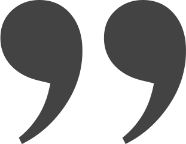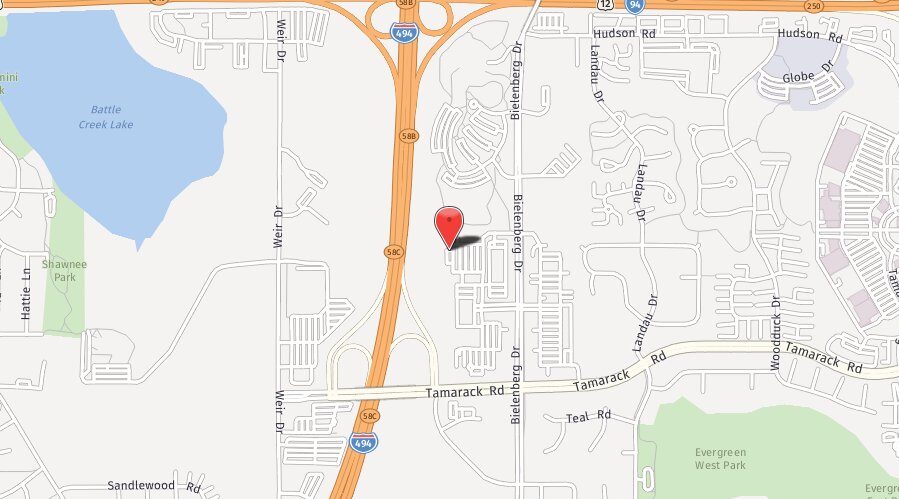Although many people do not notice it, a weak chin can significantly affect facial appearance, causing the nose to look larger or the neck to look loose. Chin augmentation is often performed to provide a more balanced facial appearance and create a chin that is stronger, wider or longer, depending on each patient's individual goals. Also known as mentoplasty, chin augmentation is often performed in conjunction with rhinoplasty or other facial procedures in order to achieve optimal results.
Autologous fat transfer involves the removal and relocation of the patient's own body fat to plump up an area that has lost volume after surgery, injury, aging or another cause. Fat transfer is commonly useful for breast augmentation and treatment for skin creases and wrinkles. There is no risk of allergic reaction because the transplanted fat comes from the patient. Other advantages of autologous fat transfer include a short recovery time, long-lasting results and effectiveness on any skin type.
Nose surgery or rhinoplasty is one of the most common plastic surgery procedures. Nose surgery is performed to reshape, reduce or augment a person's nose, remove a hump, narrow nostril width, change the angle between the nose and the mouth, or to correct injury, birth defects, or other problems that affect breathing. Nose surgery is usually an outpatient procedure performed under either local or general anesthesia and lasts one to two hours.
For Asians, rhinoplasty or nose reshaping is one of the most popular cosmetic procedures next to double eyelid surgery. Before exploring options to enhance the Asian nose, let us understand the anatomy of the typical Asian nose. The Asian nose differs from a Caucasian nose. Asians generally have a flatter nose bridge and wider nostrils than their Caucasian counterparts. The skin of the Asian nose is much thicker as well. These features are evident among all groups in Asia and especially more prominent in Southeast Asians. Therefore, the goal of Asian rhinoplasty is to augment the nose to be more prominent with a higher bridge and sharper tip that is in proportion to the face. This is in contrast to a traditional or typical Caucasian rhinoplasty of making the nose smaller.
Ear surgery for children or adults can set prominent ears back closer to the head and reduce the size of large ears. Surgery may also be helpful for "lop ear," "cupped ear" and "shell ear," large or stretched earlobes, and lobes with creases and wrinkles. The procedure lasts from two to three hours and may be performed in a hospital, office-based facility or an outpatient surgery center under general or local anesthesia.
Cosmetic eyelid surgery is the most common elective procedure among people of Asian ethnicity in the United States and in Asia. The procedure can thin a full eyelid, alter the shape or height of the upper or lower eyelid, decrease a pronounced epicanthal fold (the flap of tissue on the nasal side of the eyelid), or create a natural-looking crease in a double eyelid, which occurs in about 50-70% of the Asian population.
A common misconception is that blepharoplasty is performed to "Westernize" the eyes in an attempt to look "less Asian." While each person's reasons for having surgery are unique, this kind of cultural dissatisfaction is almost never a factor. Rather, the overall goal is to help the patient look and feel his or her best by changing the eyelid shape to achieve a more attractive or younger look, balance the facial features and boost self-confidence.
![logo wt[header]@1x](https://www.woodburyplasticsurgery.com/wp-content/uploads/2024/07/logo-wtheader@1x.png)




